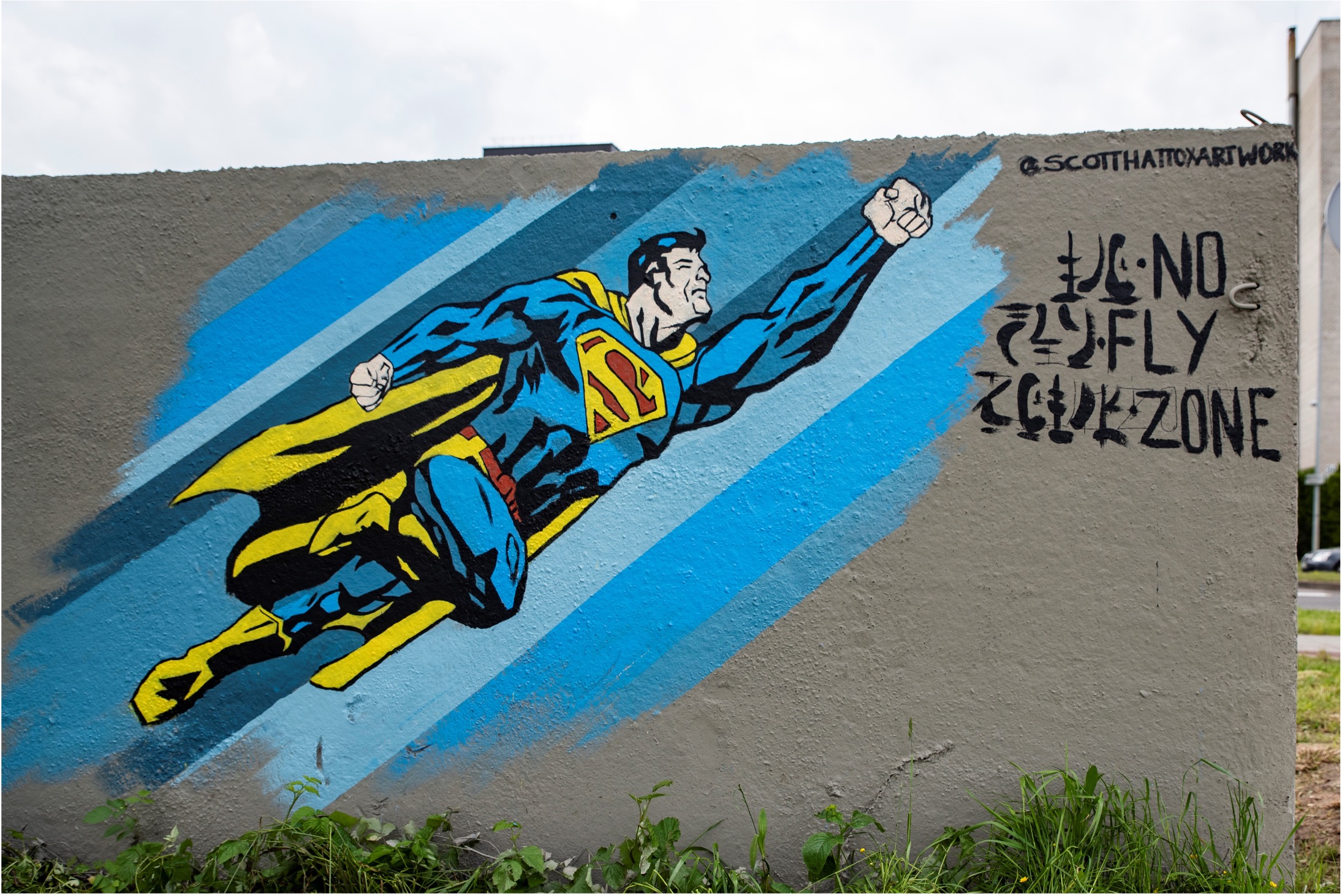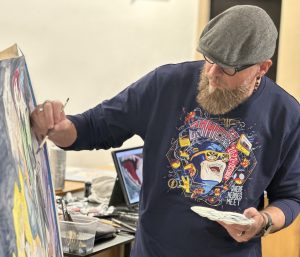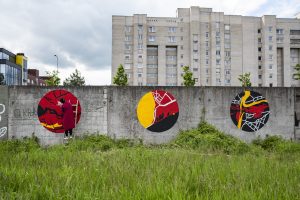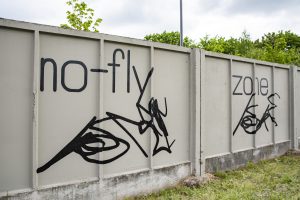The First Art Museum on the Moon to Feature Artwork from Kaunas

On 16 November, NASA’s SpaceX Falcon 9 will transport a live painting from the No-Fly Zone open-air gallery to the Moon, destined for the Lunaprise art museum – the first of its kind in the galaxy. This piece, created by Scott Hattox (USA) for the Lithuania-based gallery, an initiative of the members of Vytautas Magnus University (VMU), is one of 222 artworks selected globally that best embody the spirit of our times and human creativity. Functioning as an indestructible time capsule, the museum will serve as a significant legacy for future generations, marking NASA’s first return to the Moon’s surface in over 50 years.
“I won’t hide it, I’m thrilled to be the 16th artist among more than 200 whose artefacts will be flown to the Moon in a time capsule. This marks a significant turning point in the history of both art and NFTs. Once the capsule has delivered the works to the Moon, a unique code will be generated for each piece of art. Those who purchase these pieces will receive a digital “Lunaprise” certificate as confirmation,” explains pop culture artist Scott Hattox.
One of his works destined for the Moon was specially created for the No-Fly Zone gallery in Kaunas, which was conceived as a response to Russia’s military action against Ukraine. The drawing depicts Superman, dressed in a costume in the colours of the Ukrainian flag. “We didn’t want to believe that the war would last so long. And now, 1.5 years later, this cry for freedom, carved into the city’s concrete, will echo through space. The cry is even stronger now, especially when you realise that in such a short period of time, we are being tested by yet another war between Israel and Hamas,” says Jūratė Tutlytė, one of the gallery’s initiators and an associate professor at the Faculty of Arts of Vytautas Magnus University.
Etched onto indestructible nanodiscs, the Lunaprise Museum is crafted from pure nickel, an element capable of withstanding the harsh conditions of outer space. This ensures the museum’s longevity and the preservation of data for future generations. Artworks on the disc will be readable through a microscope, and a replica of the Lunaprise disc will be exhibited at the Smithsonian National Museum in Washington, D.C. (USA).
The Museum’s works will also be displayed here on Earth. The Lunaprise Metaverse Museum, set to launch at the end of this year, will be accessible to visitors from anywhere in the world.
The Moon Museum’s collection features 222 iconic works encompassing visual and digital art, music, films, and historical artefacts. The collection includes not only renowned artists but also Grammy award-winners and sports stars who have left their mark on the pages of our history. The Lunaprise platform has also created opportunities for emerging artists to showcase their works. The Museum’s curators, Space Blue, note that the artists, selected through an open call for submissions, bring new perspectives to the Museum’s collection and reflect the current debate on the collaboration between art and technology. Among those selected in this category are the works of Scott Hattox.
California-based artist Scott Hattox has had a lifelong interest in comics, animation, and science fiction – themes that dominate in his artwork. His work stands out for its large-scale paintings of iconic characters, heroes, and superheroes. Today, this is quite rare, as most artists in the field of popular culture and art are moving away from classical painting techniques and towards digital artistry.
The No-Fly Zone open-air gallery, located on a former aviation factory site where the Kaunas City Municipality is currently developing the Kaunas Aleksotas Innovation Industrial Park, was launched in 2022. Established in response to Russia’s military actions against Ukraine, the gallery’s aim was to communicate freedom and the brutality of war. To date, it has featured drawings that highlight the absurdity of war by the internationally acclaimed Romanian artist Dan Perjovschi; Ukrainian artists Maria Oscpischeva and Mariko Gelman, who have recorded their experiences directly on the wall; and the artificial intelligence project “Baby Aleksa”, curated by Nomeda and Gediminas Urbonas, with its visual representation rendered on the wall by live graphic artist Tadas Šimkus.
The gallery is curated by Vytautas Magnus University in collaboration with the international Horizon 2020 research project T-factor, which is implemented in Lithuania by the Design Library of Kaunas University of Technology.

















